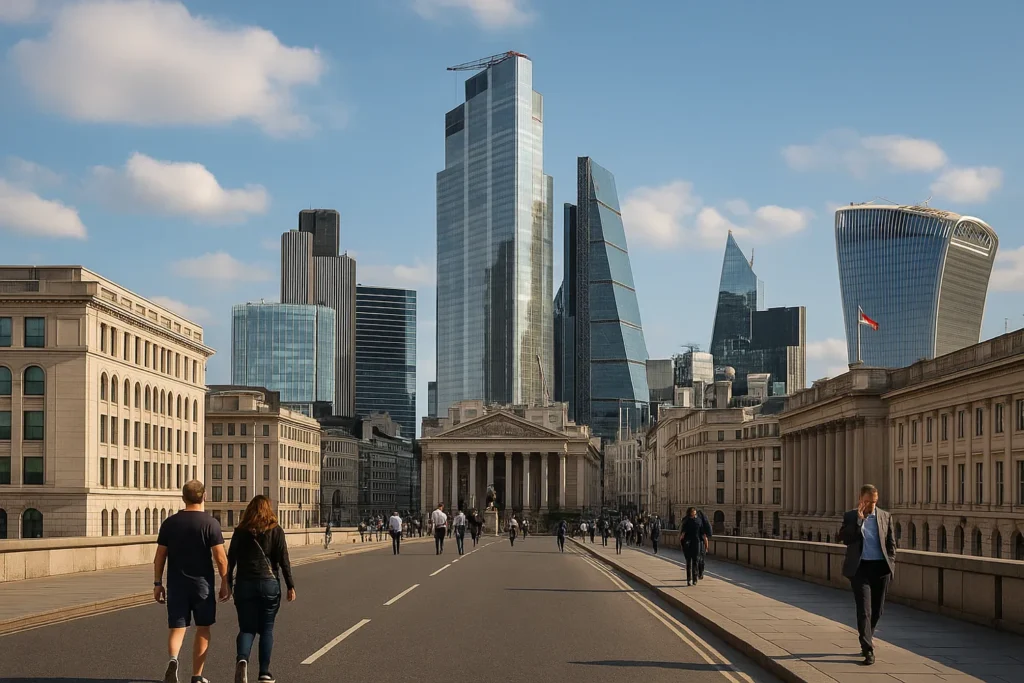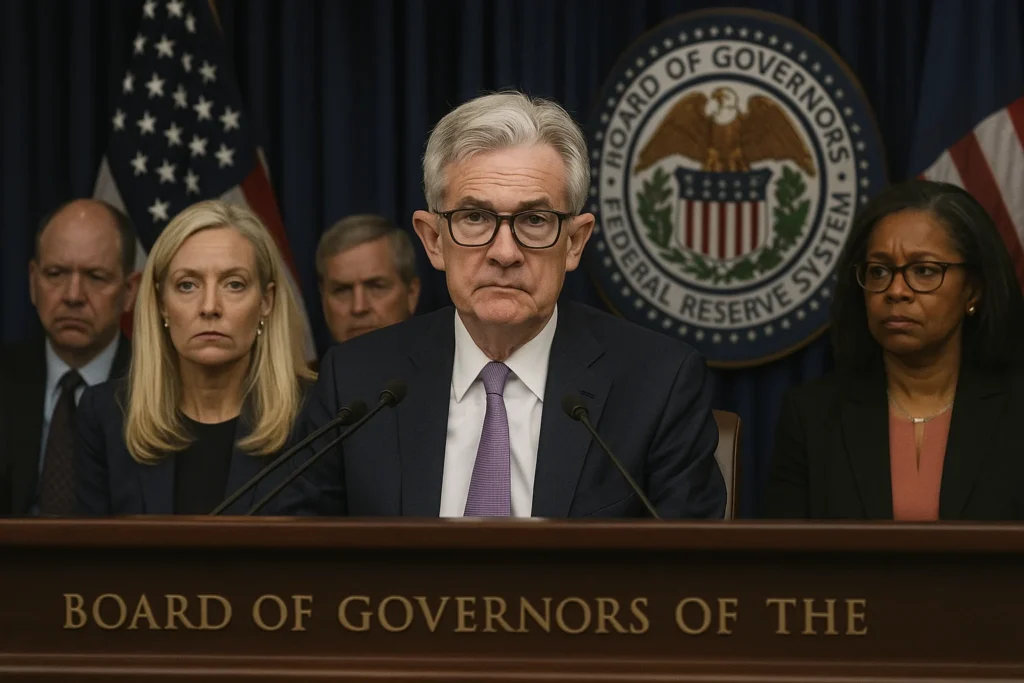Introduction
The world feels on edge—markets fluctuate, democracies stumble, and algorithms seem to know us better than we know ourselves. Yet beneath the noise, there’s a quieter story unfolding. It’s the story of recovery, resilience, and innovation—the kind of optimistic trends 2025 rarely covered by the headlines. From tech that heals social isolation to a global movement for cleaner growth, this year offers reasons to believe that progress, though fragile, is real.
Context: The Mainstream Narrative of Gloom
If you follow the news cycle, optimism seems almost delusional. Inflation, geopolitical instability, and AI-driven layoffs dominate the conversation. The IMF warns of slow growth. The World Bank projects widening inequality. Pessimism has become a form of intellectual virtue—skepticism mistaken for insight.
Bloomberg’s latest editorial challenged this fatalism by listing 18 reasons for hope. Among them: the rise of social saunas in urban centers combating loneliness; breakthroughs in renewable energy efficiency; and the quiet but significant shift of capital toward green and human-centered enterprises. While the mainstream keeps amplifying collapse, a countercurrent of resilience is forming—economic, social, and even psychological.
Oppositional Argument: Optimism as a Radical Act
In 2025, optimism isn’t naïve—it’s rebellious. The mainstream equates cynicism with intelligence. But cynicism is easy. It requires no imagination, no courage. Real optimism is a discipline of vision—the ability to see solutions where institutions only see decline.
The optimistic trends 2025 point toward a paradigm shift: nations investing in mental health as economic infrastructure; businesses prioritizing human interaction over endless automation; and communities rediscovering analog rituals like saunas, neighborhood gardening, and slow dining as acts of defiance against algorithmic isolation.
To be optimistic in 2025 is to resist despair engineered by data feeds. It’s to reclaim agency.
Analytical Breakdown: The Economics of Hope
1. Social Capital as Economic Capital
Loneliness has measurable GDP costs. According to OECD research, social isolation can reduce productivity as much as chronic illness. That’s why wellness infrastructure—from Finnish-style public saunas to Japan’s “third place” cowork cafés—is becoming a legitimate economic driver. Governments now treat social cohesion as a line item in national growth.
2. Green Tech Without Greenwashing
The numbers are shifting. Global renewable capacity is projected to grow by 16% in 2025, driven by microgrid decentralization and cheaper battery chemistry. For the first time, green energy startups outnumber fossil-fuel expansions in venture portfolios. The pessimists who once mocked solar subsidies now face an industry outperforming oil on ROI.
3. Deglobalization, but Smarter
Yes, trade blocs are fragmenting. But that fragmentation is birthing regional innovation. Latin America’s lithium triangle—Argentina, Bolivia, Chile—is set to become the new energy frontier. Europe’s “local resilience” initiatives are reindustrializing small towns once gutted by outsourcing. Deglobalization, when designed intentionally, can mean diversification, not isolation.
4. AI Ethics as Competitive Advantage
The AI panic obscures a deeper trend: companies that embed ethical frameworks are outperforming those that don’t. Consumers are rewarding brands that resist data exploitation. In short, trust has become a market commodity. The same tools that once undermined privacy now incentivize transparency.
5. The Rebirth of the Human Brand
The post-COVID fatigue with digital sameness is real. Offline experiences—artisan products, real meetings, tangible connections—are resurging. Economic optimism isn’t just GDP charts; it’s the return of craftsmanship as cultural capital.
Human Perspective: Ordinary People, Extraordinary Adjustments
In Helsinki, public saunas are packed not with tourists, but with locals seeking warmth in both body and spirit. In Los Angeles, community gardens now double as mental health spaces. In Seoul, the fastest-growing startup sector is not fintech—it’s “social tech”: apps that facilitate local events, book clubs, and friendships beyond screens.
These are not small cultural curiosities. They represent a pivot from extraction to regeneration—both ecological and emotional. Optimism, here, is built from the bottom up, by individuals refusing to outsource meaning to algorithms.
Counterarguments
Skeptics argue optimism whitewashes inequality. But optimism doesn’t deny struggle—it directs it. Believing in progress doesn’t mean ignoring pain; it means refusing paralysis. Others claim AI and automation will erase jobs faster than society can adapt. Yet historical parallels—from the industrial revolution to the digital era—show adaptation follows innovation when guided by policy and empathy.
A Deeper Shift: From GDP to GNH
Gross Domestic Product is losing monopoly status as the measure of progress. Bhutan’s Gross National Happiness model once seemed exotic; now it’s informing policy frameworks in the EU and New Zealand. Companies are publishing “well-being dividends” alongside profits. Economists are finally admitting what philosophers knew all along: prosperity without purpose is just consumption.
Data Behind the Hope
- Renewables: 2025 marks the first year solar and wind combined exceed coal output in Europe.
- Loneliness Index: Urban isolation rates are falling for the first time since 2013.
- Education: Post-pandemic remote schooling investments are expanding access in sub-Saharan Africa, where digital literacy rates jumped 40%.
- Public Health: Global vaccine cooperation programs cut epidemic response times by 60%.
Each figure tells a quiet story: humanity is still learning, still collaborating, still evolving.
The Market’s Psychological Turn
Behavioral economists have long argued that sentiment shapes cycles as much as data. The resurgence of optimism itself may be self-fulfilling. As investment funds label themselves “resilience-oriented,” consumer spending patterns shift toward sustainability. Optimism, in other words, becomes an input, not an outcome.
Even Wall Street is catching up. “Emotional markets are the new efficient markets,” as one Deutsche Bank strategist joked. When collective confidence rises, volatility drops—a measurable link between mood and money.
Tech’s Redemption Arc
For years, technology was blamed for social decay. Yet the pendulum is swinging back. Startups like Periodic Labs are focusing on AI for humanity—using algorithms to match people for real-world collaboration, not endless scrolling. Social media bans, once seen as censorship, are reframed as digital detox policies. Regulation, paradoxically, is giving innovation a moral compass.
This is perhaps the most underrated optimistic trend of 2025: the return of tech humility.
The Psychological Recession Ends Here
Optimism is not incompatible with realism. It’s realism that has matured. The “psychological recession”—the persistent pessimism since 2020—is finally waning. After years of collective trauma, the human brain is recalibrating.
Therapists report declining burnout rates. The wellness industry is maturing beyond empty slogans. Even financial journalists are writing about joy. For once, optimism isn’t escapism—it’s evidence-based.
Counterargument 2: The Bubble of Hope
Critics say every optimism cycle ends in disappointment. True—but so does every cynicism cycle. The question is not whether optimism will fade, but whether it will build something enduring before it does. If history repeats, the optimism of 2025 will fuel the policies of 2030.
Insider Insight: What the Data Doesn’t Show
Here’s what isn’t in official reports: venture funds are quietly reclassifying “mental health tech” as infrastructure. Governments are negotiating data-sharing pacts for loneliness metrics. Insurance companies are piloting “emotional well-being coverage.” These bureaucratic shifts signal a systemic acknowledgment that happiness has economic value.
Meanwhile, underground economies—from coworking networks to creative cooperatives—are forming outside traditional markets. They’re small, local, and human. And they’re growing.
Conclusion: The Economy of Belief
The optimistic trends 2025 remind us that hope itself is an economic asset. It stabilizes markets, nurtures creativity, and reduces social friction. The collapse narrative may sell faster, but optimism builds longer.
To believe in progress in 2025 is not to deny reality—it’s to shape it. Cynicism will always have better PR. But optimism has better math.
External Links
35 views






